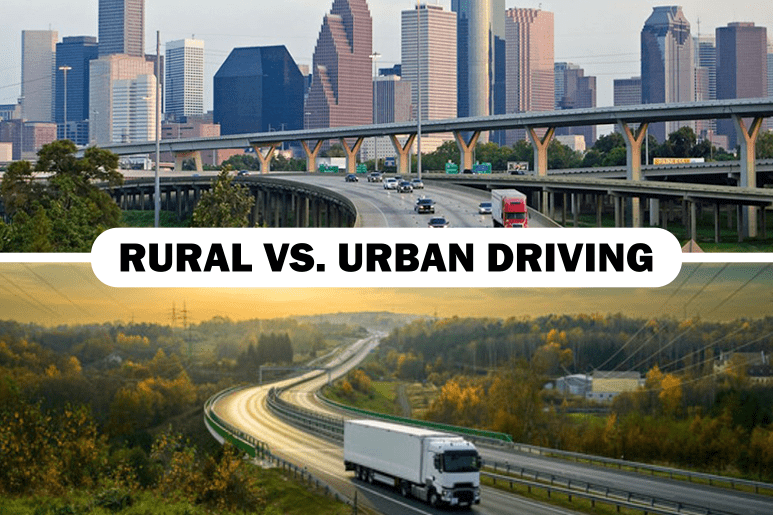Urban and rural areas have fundamentally diverse characteristics regarding to density of road networks, land use, and travel patterns.
According to the analysis of data from the U.S. Department of Transportation’s Fatality Analysis Reporting System (FARS), in 2019 the rate of crash deaths per 100 million miles traveled was about 2 times as high in rural areas than in urban areas.
Don’t avoid one or another sort of the road, but gain knowledge of how to handle it and get to the road fully prepared.
If you go through the next chapters you will find useful information driving on these types of the roads.
Urban Driving
With city driving, the road must be safely shared with all kinds of traffic and pedestrians, including walkers, cyclists, cars, school buses, delivery vehicles and emergency response vehicles.
There is also a wide variety of obstacles and traffic control devices.
Being aware of the risks related with city driving will help you to stay put and keep away from dangerous mistakes.
Risks for driving on urban roads
Sudden changes in speed limits, road width and driving rules

The roadway alignment, cross section, roadside, advisory speeds and speed limit are all basics of the driving environment that are thought to influence in causing accidents.
Damaged road surfaces caused by high volumes of traffic
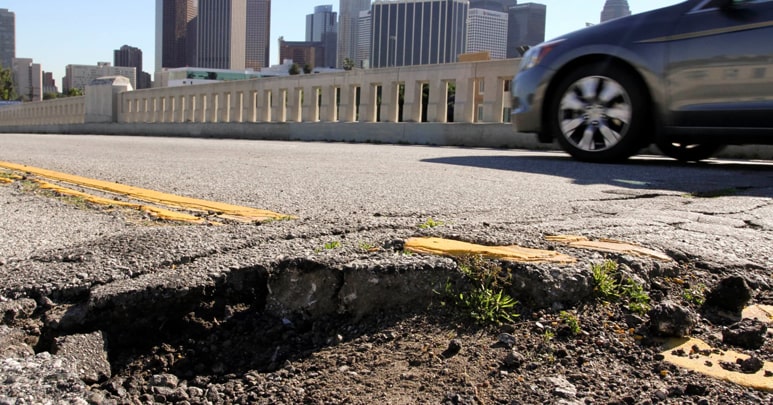
State highways generally carry higher traffic volumes which has an impact on the road surface.
The loading caused by traffic, climate and the weight of the structure are the primary factors affecting the deterioration observed in a road structure.
Frequent intersections that require stop-start driving
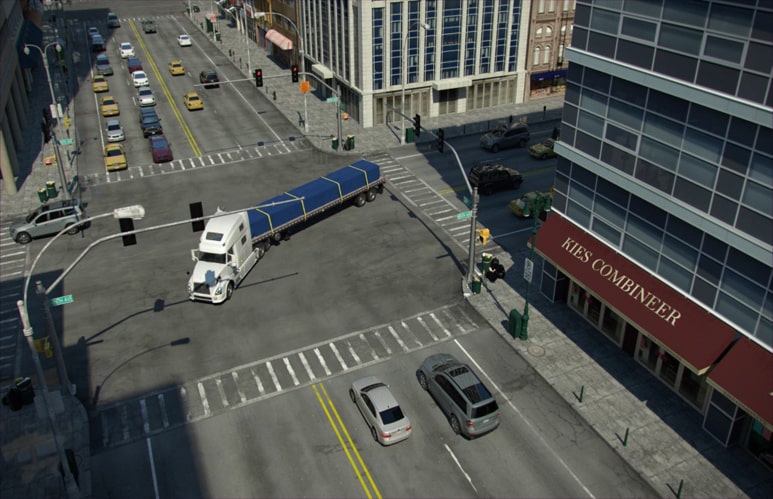
Intersections can be stressful driving situations because there are often a lot of navigational signs, turning lanes, merging lanes, traffic signals, a multitude of other drivers who are in a hurry and etc.
At this spots drivers are required to stop-start the vehicle for as many times as needed.
The number one rule to staying safe on an intersection is to slow down.
People parked along the street
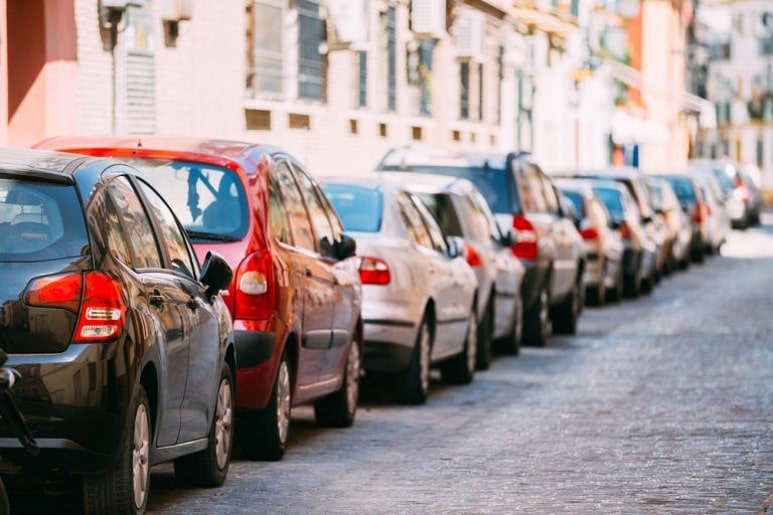
If parking is not well served, it can disrupt traffic flow and cause congestion.
Parking problems that often are encountered is parking on the side of the road.
Drivers are impatient
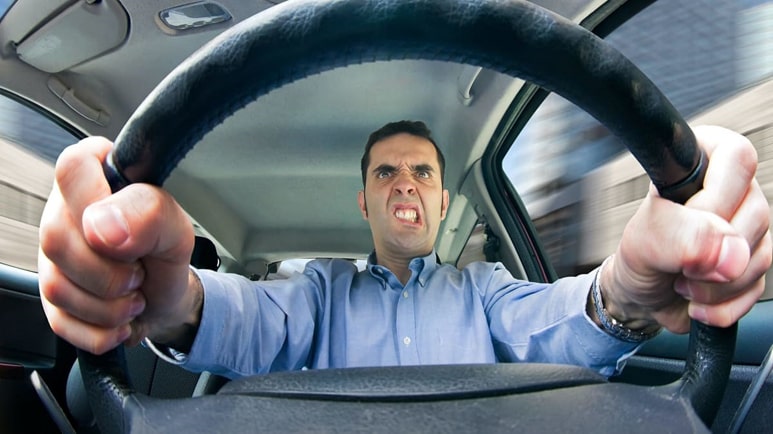
Impatient drivers often have the urge to go faster, to get where they’re going at a more rapid pace.
They can be just as dangerous as distracted drivers.
An impatient driver who speeds, maneuvers from lane to lane, and tailgates other vehicles could be setting themselves up for a reckless driving which most likely can cause an accident.
Pedestrians may step on the street at unexpected times

While driving too fast and not paying attention, a person may step on the street and there is a big chance of hitting.
Distracted sounds and signs
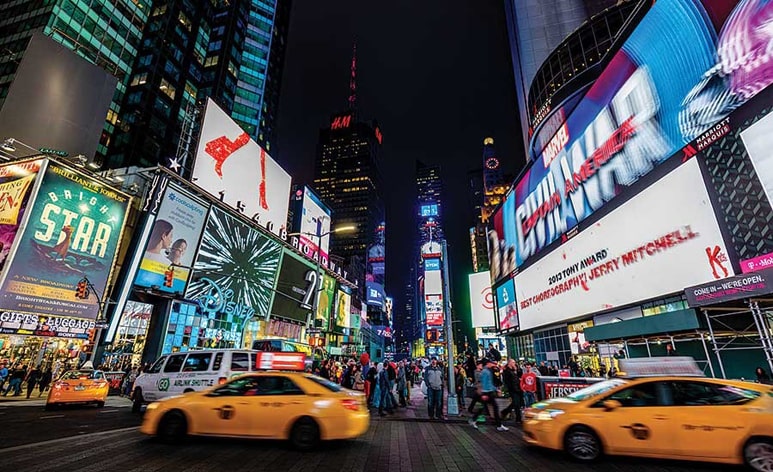
Digital advertisements and billboards use bright lights, rotating images, and flashy content to get your attention, and if they take your eyes off the road long enough it can lead to a risk.
Also some studies found that loud music can negatively impact a driver’s reaction time, increasing the probability of not braking rapidly enough, or failing to avoid an obstacle in the road.
Rural Driving
Rural roads are inviting to the driver who loves traveling; no obstructions, a scenic route, and hardly any other traffic which can all tempt to drive faster.
Rural roads have unpaved surfaces and a lot of sudden livestock crossing, farm vehicles, unmarked driveways and bad road conditions.
The landscape can cause “highway hypnosis” or also knows as “white line fever”. In this condition, the driver operates the truck in a dulled, sleepy, trance-like state.
Many rural communities rely on large trucks to deliver goods in their stores and shops. This means that many large commercial trucks frequently travel for miles on rural highways, as an alternative of on the interstates.
Rural roads pose many more risks and dangers of accidents than interstate highways and accidents are very common.
Actually, the National Highway Traffic Safety Administration reports that around 60% of all accidents involving a large truck and a car occur in rural areas.
Risks for driving on rural roads
Rural roads are curvy with only two lanes
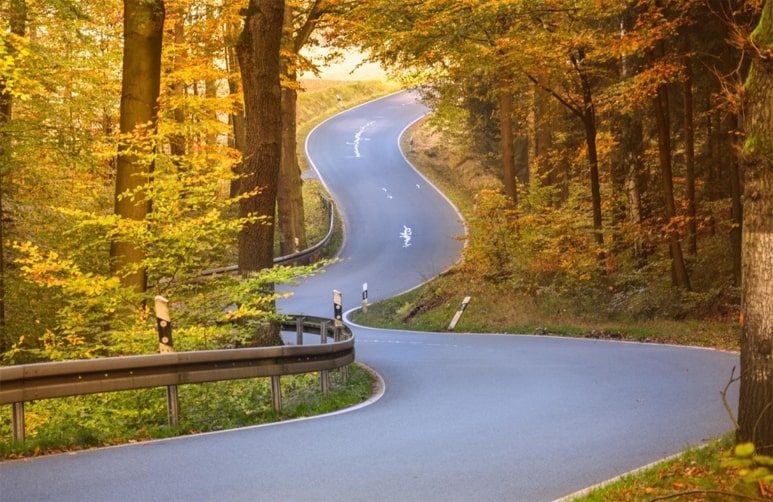
Road curves are irregular bends in roads to bring a graduation change of direction.
There are an estimated 3.1 million miles of rural two-lane highway in the United States, representing 97 percent of the total rural mileage.
In the two-lane rural highway system, 59.5 percent has lane widths of 10 feet or less.
Rural roads lack safety barriers

Most of the highways have center barriers that greatly reduces one of the most dangerous types of traffic accidents which is not a case on the rural roads.
Road safety barriers should be installed on the side or middle sections of roads to prevent different types of crashes.
Rural roads have often steep slopes
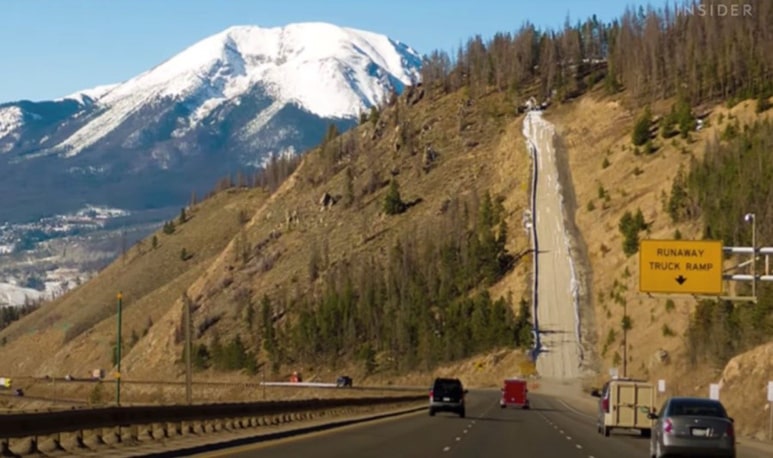
Steep slopes are legally defined as hillsides having a 15 foot, or greater, vertical rise over 100 feet of horizontal run, or 15% slope.
America`s rural transportation system is in need to make an improvements so it can support the economic growth and safety overall.
The steep slopes can make the truck to fall off the side of the road.
High speed limit that is unusual for two lane road

Open rural roads may encourage truckers to speed, especially if on a tight deadline.
The usual speed on rural roads is 55 mph and 70 mph on rural Interstate highways.
South Dakota has the highest speed limits in the United States. Rural and urban interstates both have a speed limit of 80 miles per hour.
When the speed is inadequate, it can cause accidents because drivers have less time to identify and react to what is happening around them.
Animals often cross the road
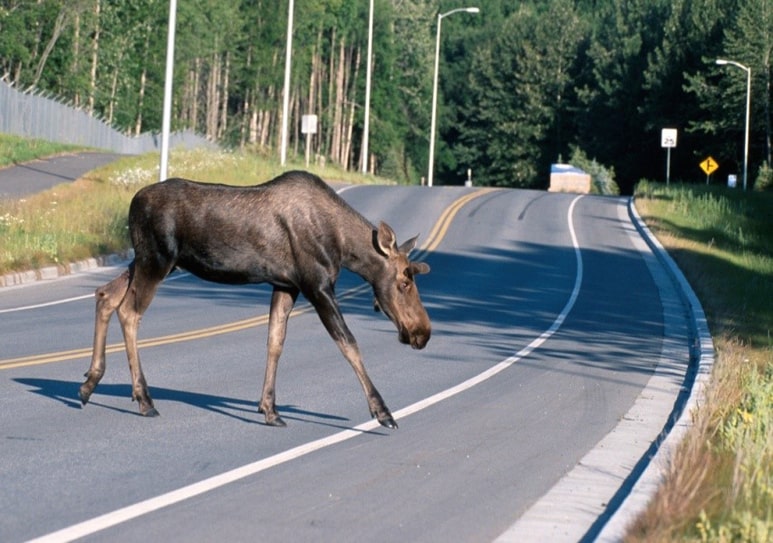
Animals can be on the road at any time, but they tend to be the most dynamic between dusk and dawn, just when it is the most difficult for the drivers to see much of their surroundings.
What can you do if an animal crosses the road?
Just slow down immediately! Quickly make sure on your rearview mirror that no one is behind you, so you can brake harder. Be careful not to brake too quickly or you could slide your tires or flip your vehicle. If you’re able to brake, stay in your lane and don’t swerve.
If drivers swerve to avoid the animal, their vehicles might roll over into the trench or crash into oncoming traffic. On the other hand, colliding with a 600-kilogram animal is likely to be fatal for occupants of an average car, although the driver in a large truck is more expected to survive.
Colliding with smaller animals like rabbits and raccoons is unlikely to cause a major accident.
Related reading: Tips to Avoid Colliding With Animals
Potholes and not even surface
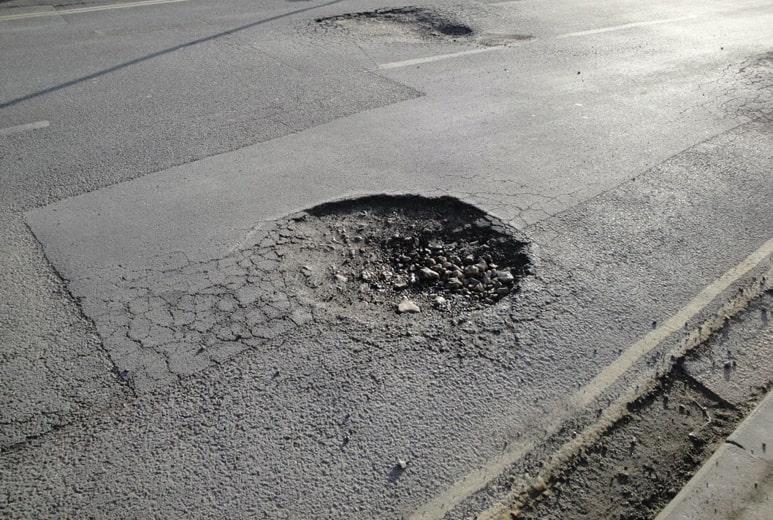
Potholes are especially common on our rural roads and after the rainy season. The road surface comes under pressure and the cracks and holes in the road start to show.
The threats from potholes can be more severe than a financial risk. Sometimes a driver may swerve in front of oncoming traffic just to avoid the hole.
Be extremely cautious on wet roads – because the holes look like puddles; at night – because the visibility is reduced and you may be blinded by the headlights of oncoming vehicles which can make it difficult to clearly identify a pothole; areas with poor street lighting – because you may not clearly detect the condition of the road surface and roads with warning signs – because there might be some maintenance on the road.
Read further: 31 Most Dangerous Roads in the US for Truck Drivers
Bad weather has worse effect on the driving
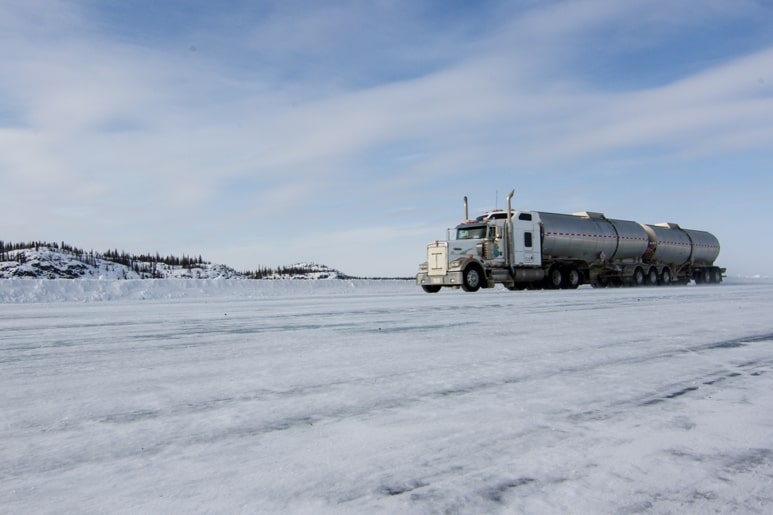
The extreme weather conditions can mostly cause effects in the ability to see, which is very limited in rain, fog, ice, snow, and dust.
In situation like this it`s best to lower the speed and turn on the low-beam headlights.
If there is rain, drizzle, or snow it can make the road slippery because moisture mixes with oil and dust that has not been washed away.
This can result in losing control of the vehicle.
Lots of rogue drivers
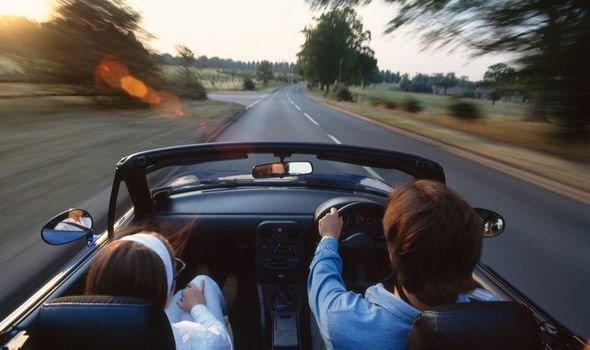
Rural roads can encounter far more drunk drivers, fatigued drivers, and just hazardous drivers in general.
Being tailgated is also very common situation.
Rural roads might have difficult access
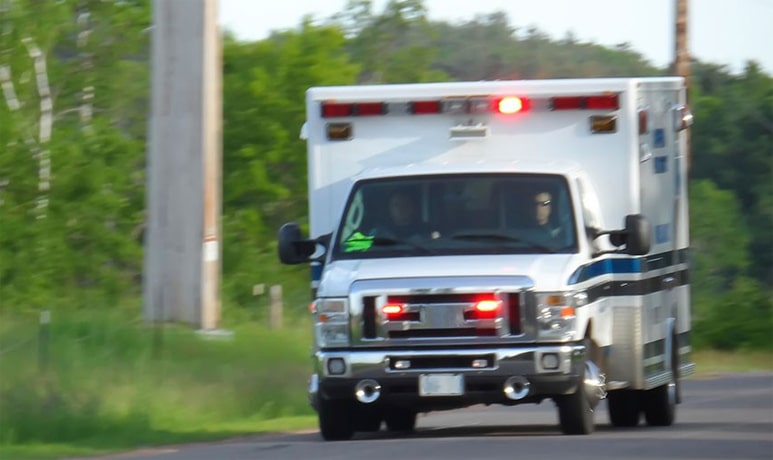
In case of a serious accident; the medical attention that is needed could be hundred miles away from the location.
Rural roads give truck driver’s false sense of security
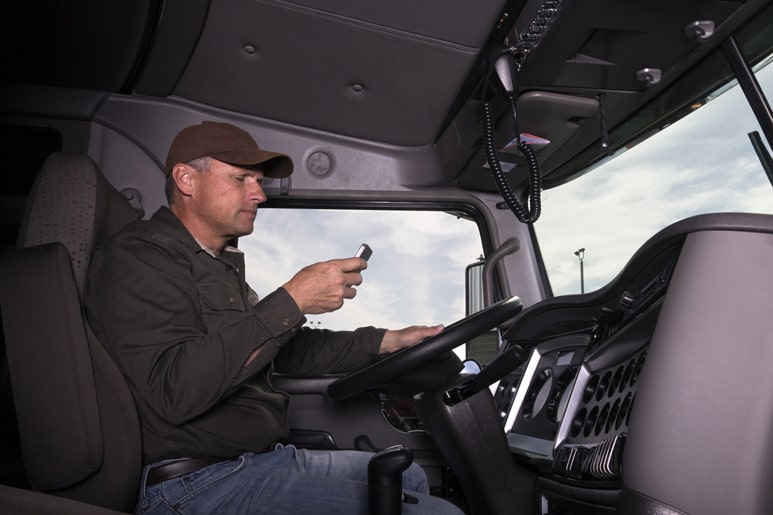
They think it is safe to engage in distracted driving, for instance eating while driving, texting, using a phone to make a call, or manipulating the GPS systems or the radio.
How to improve the safety on roads?
- Always wear seat-belt
- Reduce speed
- Keep a safe distance from other vehicles
- Be observant on posted warning signs
- Signal that you intent to pass/check rear view mirror
- Be careful if there is a bad weather condition
- Maintain lane discipline
- Eliminate distractions
- Carry supplies in case you get stranded on a remote road
Conclusion
Truck driving in urban versus rural areas has its pros and cons. No matter where you are driving, we encourage you to use extra carefulness when close to large semi-trucks and other commercial shipping vehicles. Remember, always adjust to the area, and let the safety be on first place.
What’s your preferred way of trucking, urban or rural?
Write your thoughts in the comment section below.


